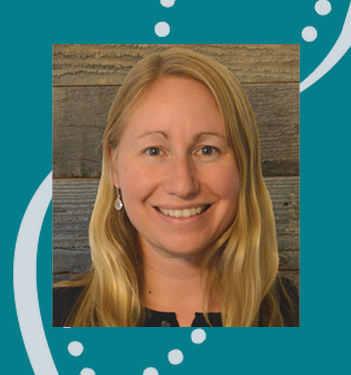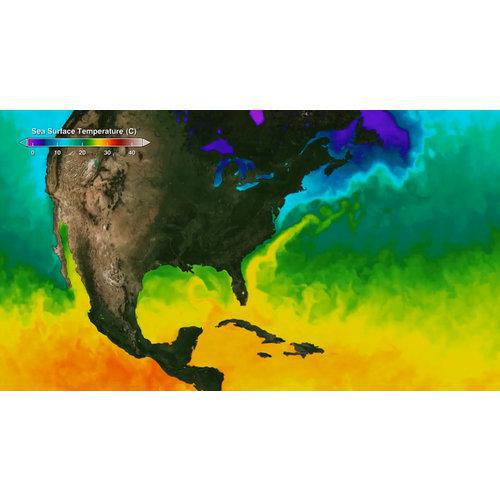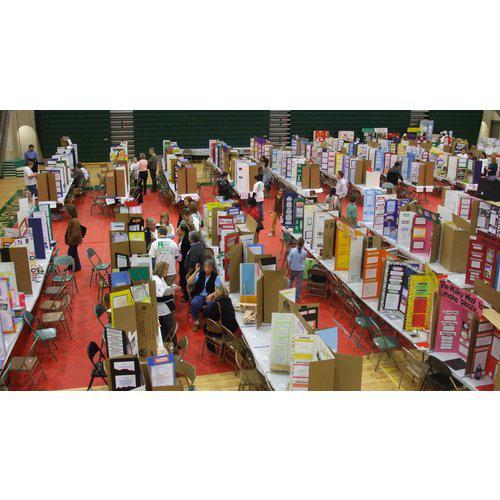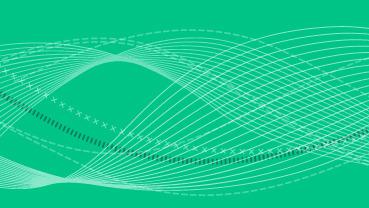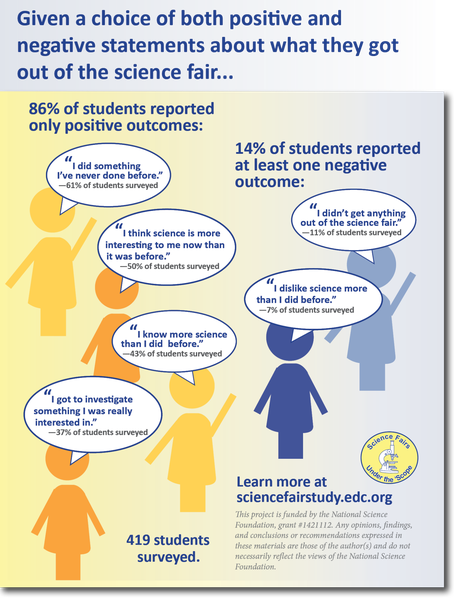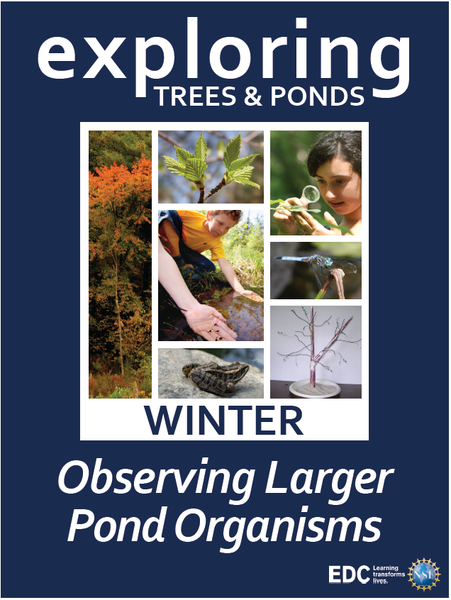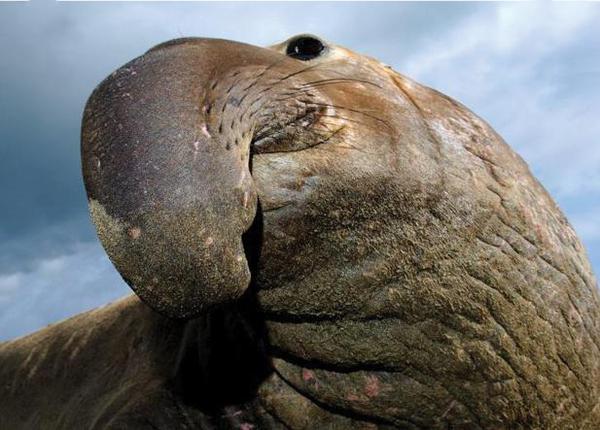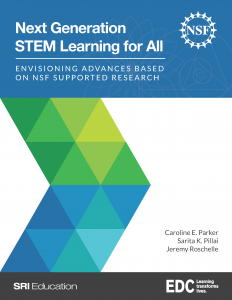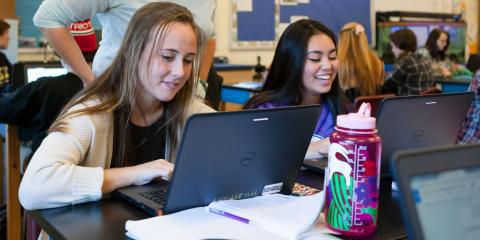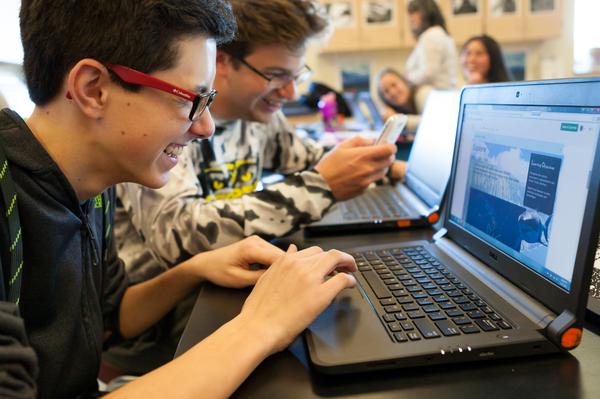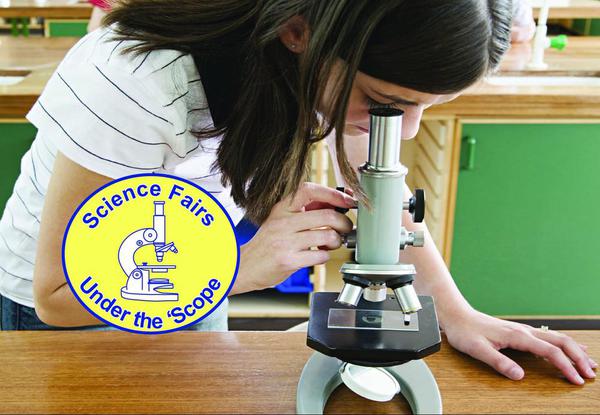To Make a Video? | Blog
ODI is the sum of many parts. Composed of 18 projects (5 actively funded) and about 25 staff, there are a lot of moving pieces to ODI. At any given time—in addition to the regular day-to-day work of moving 5 NSF-funded projects forward successfully—our staff is attending or presenting at conferences, meeting with partners and funders, and/or working on proposals for future work. As you might imagine, we are careful to prioritize our time.
When the opportunity of the 2017 STEM for All Video Sho

